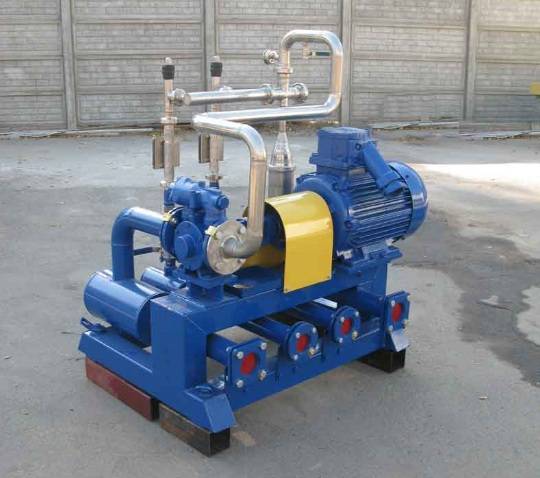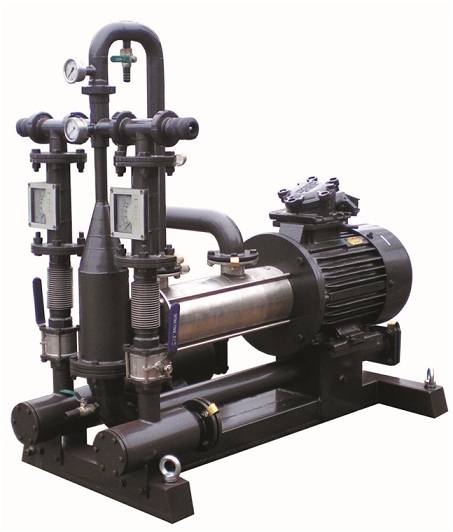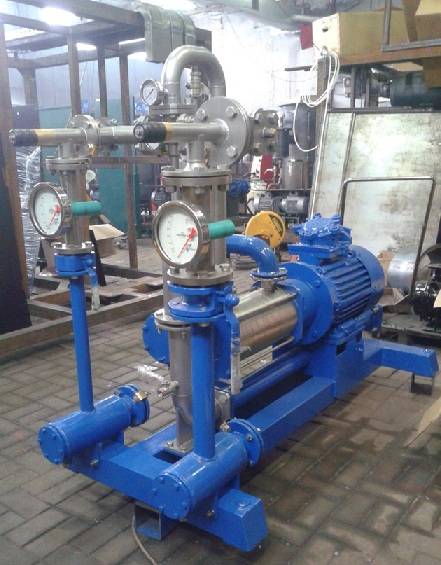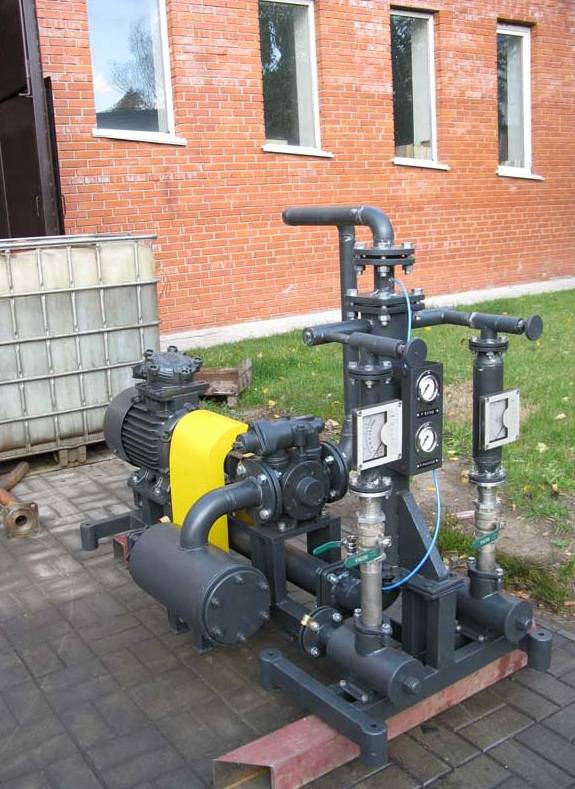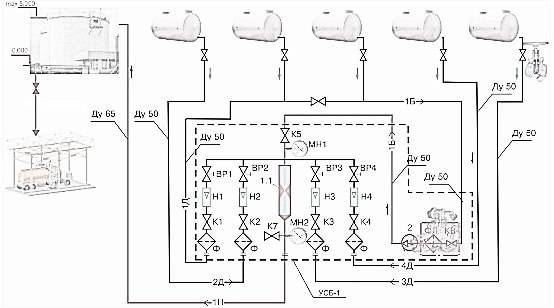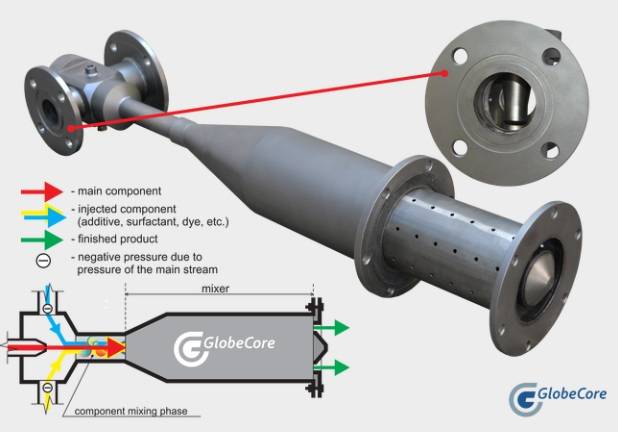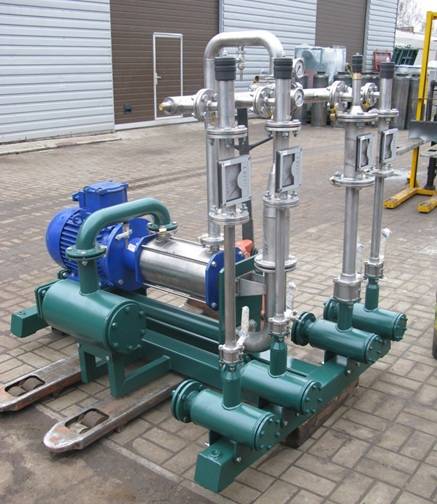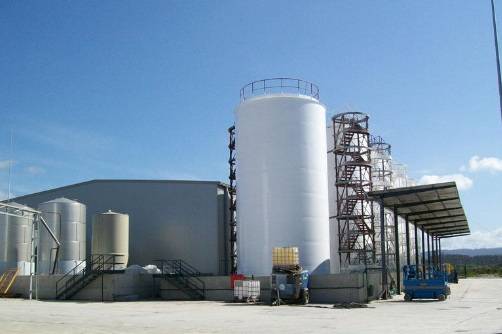Additives, especially cleaning additives and ones of unknown makes, are not to be overdone in winter. A cleaning additives can dislodge all sediment from the tanks and fuel line and cause fuel pump contamination. The filter might not be able to protect the pump. The result is usually costly repairs of the pump and/or the engine. A good thing to have in winter is anti-gel. Add it to fuel as instructed in the manual and all the way to fuel cloud point, after which the additive loses its efficiency, although good diesel fuel should not form too much gel at moderate low temperatures (about -10… -15°С). It is best not to fill the tank full with fuel of known or doubtful fuel, the optimum being 10 – 15 liters, which is enough for 200 – 400 km, so as to expend the low quality fuel faster.
A recommended additive is REDEX molybdenum additive. First, the molybdenum compounds in this additive create a thin molecular protective layer on friction parts in the motor, reducing wear and friction. Second, these compounds heal micro cracks and tiny surface dents. It lasts long, i.e. the protective layer is not washed away when oil is changed. In practice this additive manifests itself by significant noise reduction of the motor and better fuel economy.
It is also advisable to occasionally add some of the so called conditioners, i.e. additives improving fuel performance. Producers usually claim their product has magical qualities, such as water binding, cetane number increase, fuel consumption reduction etc.
Try to get all additives and fuel from one company. Although generally compatible, mixing additives from different manufacturers is not a good idea. Neither are experiments with additives to increase compression when ring change is in order. It is impossible to really help the engine, while damaging it is quite so.

